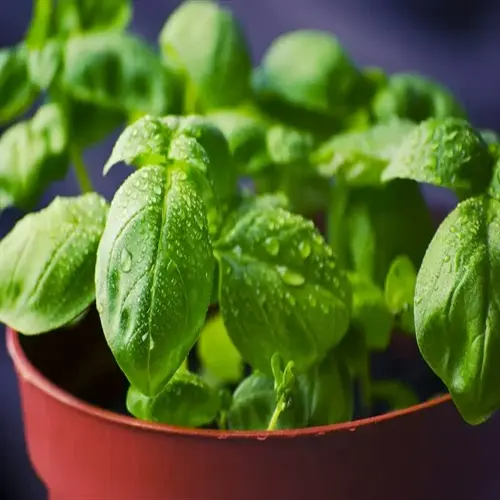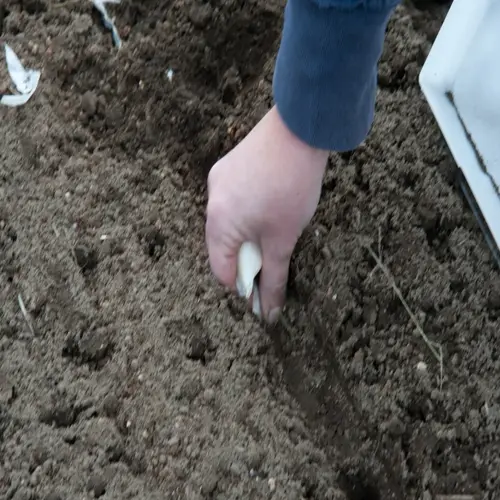Does one carrot seed grow one carrot?

Written by
Nguyen Minh
Reviewed by
Prof. Martin Thorne, Ph.D.One carrot seed gives rise to one carrot plant. Still, the banalities of seed and germination patterns reveal vital growing conditions. Groups of seeds, varied germination times, and clumping create a crowded condition that demands thinning. I learned this lesson the hard way after I found myself harvesting far more bent roots than I should have, mercy-full, round ones.
Germination Reality
- Tiny seeds clump together during sowing
- Natural germination rates average 60-80%
- Multiple sprouts emerge from clustered seeds
Spacing Requirements
- Final spacing: 2-3 inches between plants
- Rows require 12-18 inches apart
- Adjust spacing for different carrot varieties
Thinning Techniques
- First thinning at 1-inch seedling height
- Final thinning at 3-4 inches tall
- Snip don't pull to avoid root disturbance
Crowded carrots always have poor development as the competition for nutrients results in dwarfed roots. Barriers can lead to forking and twisting. According to my garden journal, thinning can increase harvest weight by approximately 40%. Spacing allows the roots to grow fully.
Some alternatives to thinning offer efficiencies. Pelleted seeds ease the decision of spacing at planting. Seed tapes promote uniform spacing. However, I prefer to use precision seeders that drop a single seed every 3 inches. In summary, these tools save a significant amount of work when it comes to thinning.
Planting depth affects thinning requirements. Shallow planting creates concentrated germination. Sow seeds at a consistent ¼-inch depth. Cover lightly with vermiculite. This promotes even emergence and reduces the formation of clusters.
Harvest timing utilizes the plants that were thinned from your bed. The baby carrots that are pulled while thinning are all edible and are delicious in the kitchen. You can add tender greens to your salads. The little roots are great for pickles. The thinning process generates minimal waste.
Read the full article: When to Plant Carrots: Expert Timing Guide

